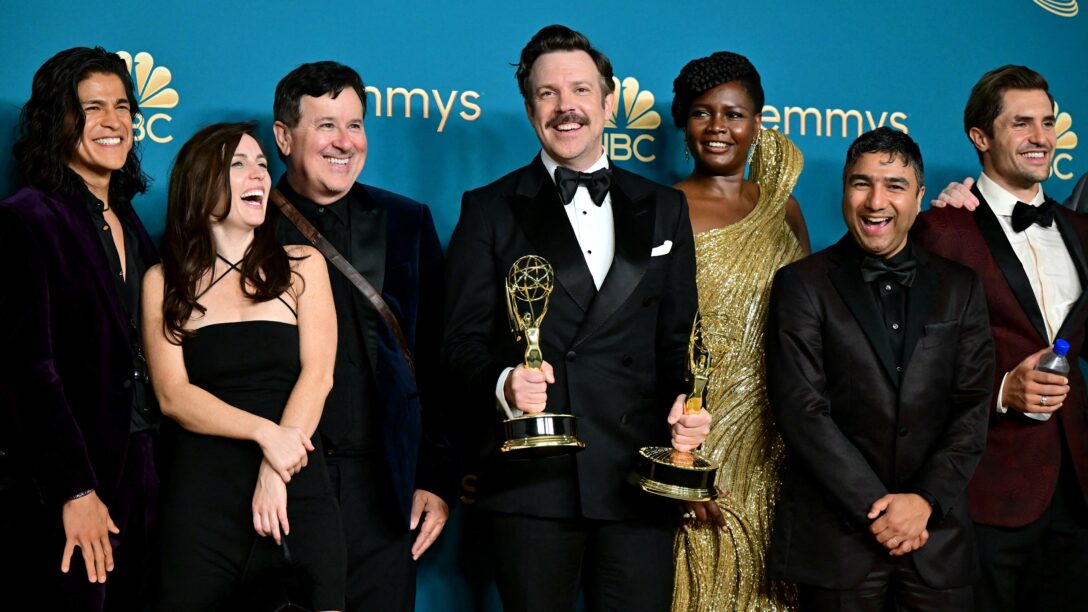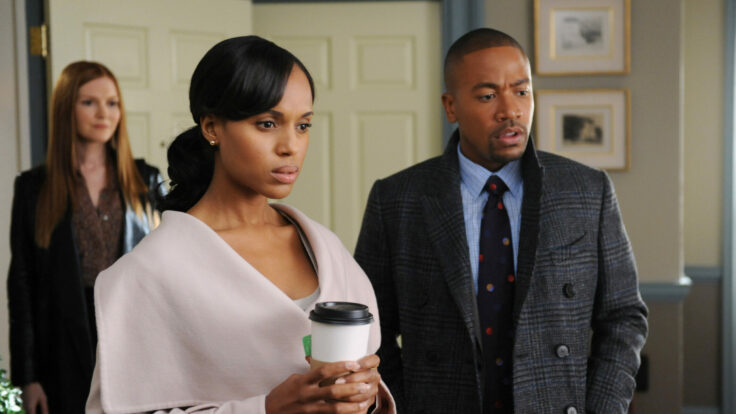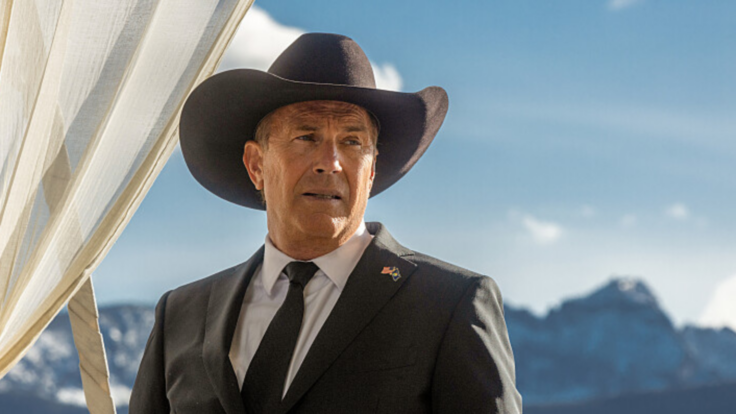On the street outside the Emmys on Monday, I caught up with a veteran TV studio executive who was amused by the final line in Jason Sudeikis’s acceptance speech for Ted Lasso. “We’ll see you for Season 3, at some point,” Sudeikis said, likely prompting some nervous laughter among executives at Apple TV+ and Warner Bros. Television. Yes, the next and supposedly final season of the two-time best comedy series will eventually be finished—it’s the “at some point” that has caused concern and frustration among those on and around the show. When, exactly? And at what cost to the studio and the creatives? “You never want to hear ‘at some point,’” this executive joked.
So far, it’s taken about a year to make 12 episodes of a sitcom—albeit a very labor-intensive sitcom—and there’s no finish line in sight. Lasso Season 3, the first with Sudeikis firmly in charge alongside co-creators Brendan Hunt and Joe Kelly, opened a writers room last September, and the cast arrived in London in early January. But Sudeikis personally decided the scripts needed a significant rewrite, according to multiple sources. OK, fine, that happens; it’s called Ted Lasso, the guy who plays Ted and runs the show should be happy with the writing, especially since it’s now Emmy-Winning Ted Lasso and he’s said the third season will be its last. What’s the old Steve Jobs quote? “The only way to be truly satisfied is to do what you believe is great work.”

















